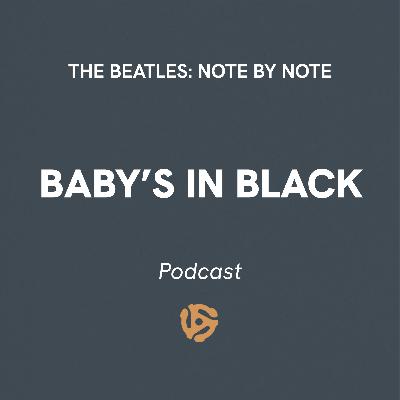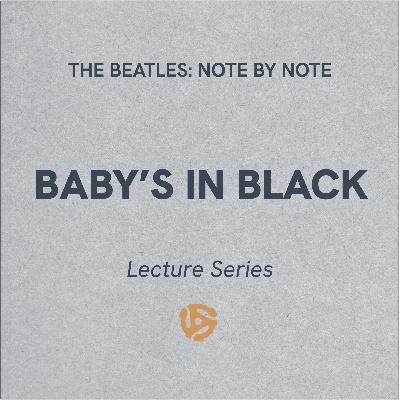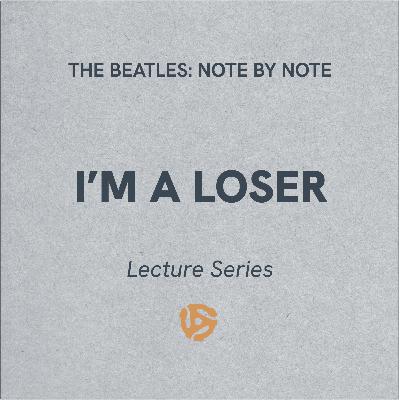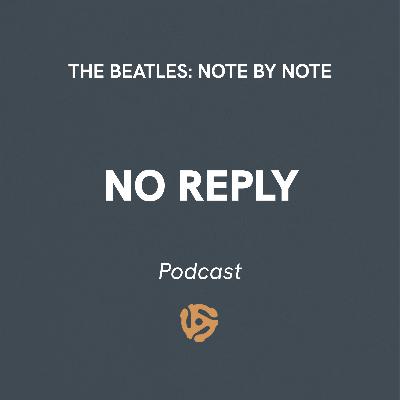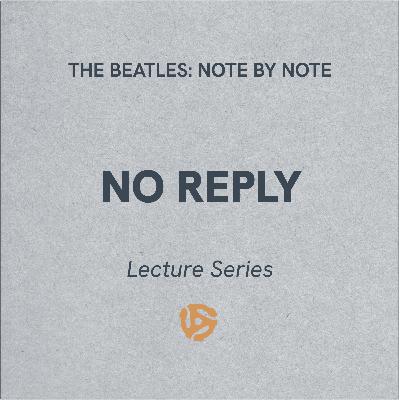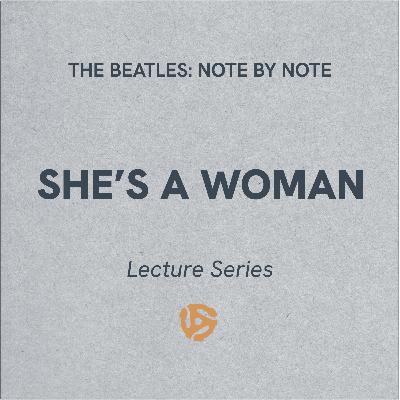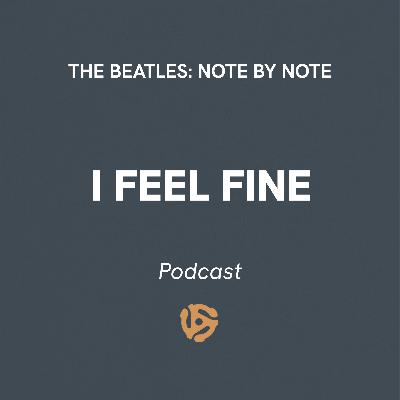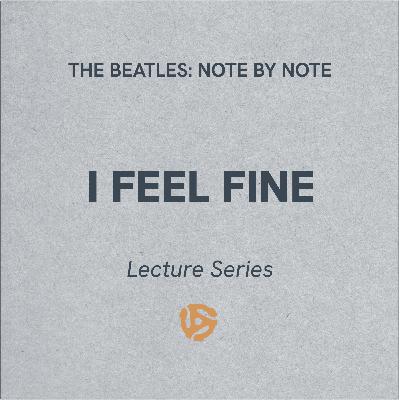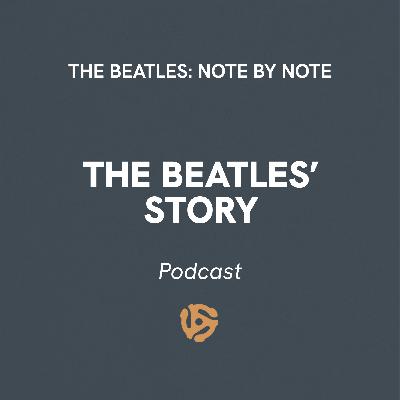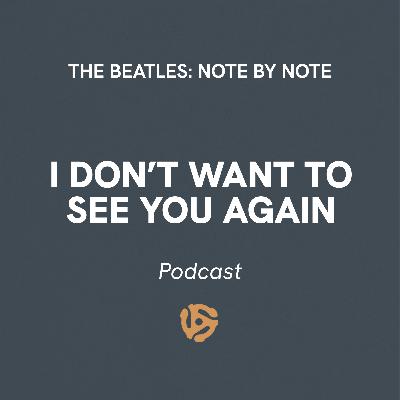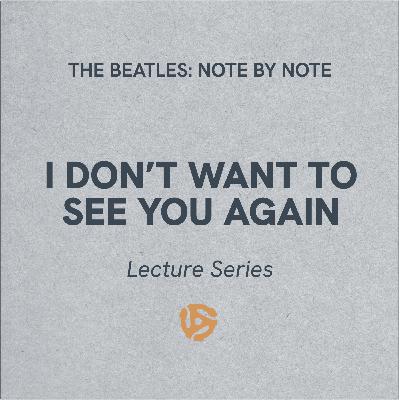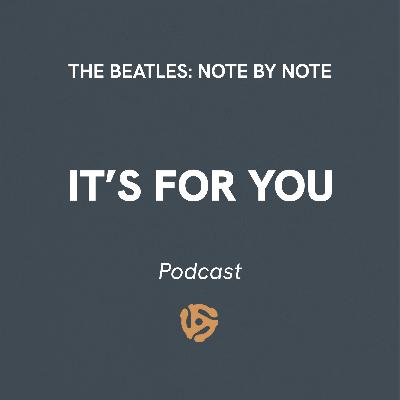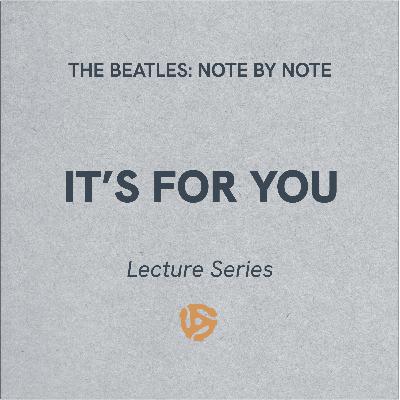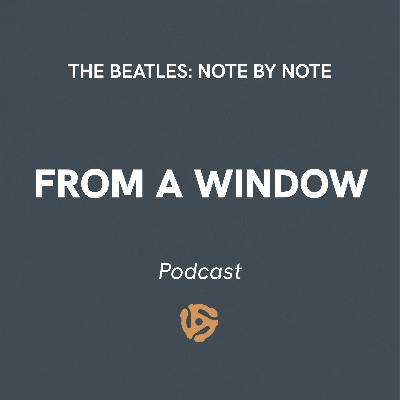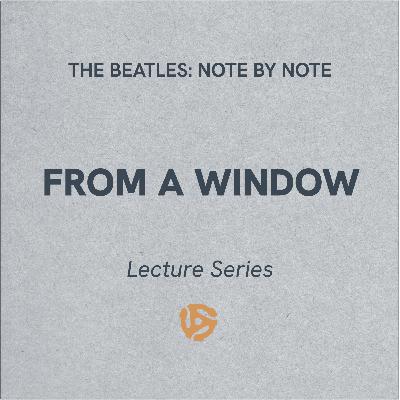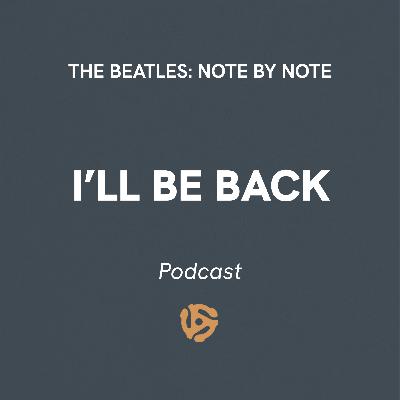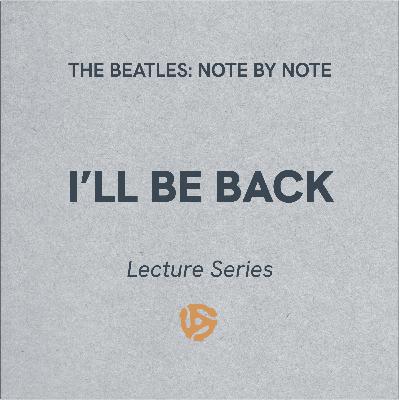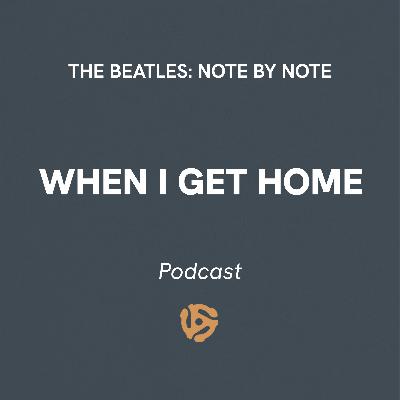
The Beatles: Note By Note
Author: Note By Note Series
Subscribed: 32Played: 833Description
Join former bandmates and lifelong friends Peter and Kenyon as they dive deep into the legendary discography of The Beatles in "The Beatles: Note by Note." With decades of friendship and a shared passion for music, these lifelong Beatles fans meticulously analyze each Beatles song in chronological order of release. Blending historical context with personal anecdotes and technical insights, Peter and Kenyon's discussions are enriched by their background as musicians. From their humble beginnings to their rise as music icons, explore how The Beatles' songs were crafted, recorded, and how they transformed the music industry. Whether you're a die-hard fan or new to The Beatles' music, "The Beatles: Note by Note" offers a comprehensive and definitive journey through the catalog of one of the greatest bands of all time. This podcast is a must-listen for anyone seeking an in-depth, authoritative exploration of The Beatles' musical legacy.
For more information, visit https://www.notebynoteseries.com
Hosted on Acast. See acast.com/privacy for more information.


